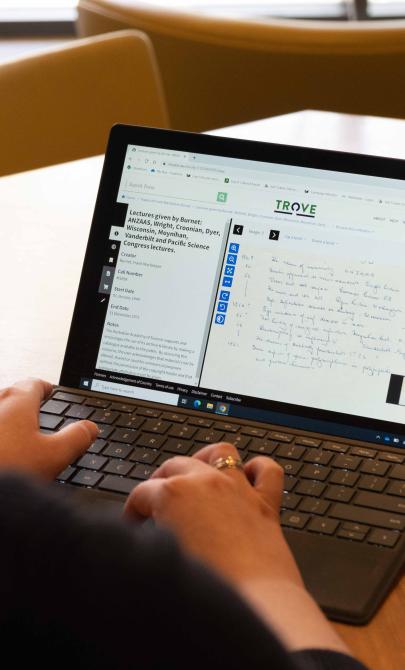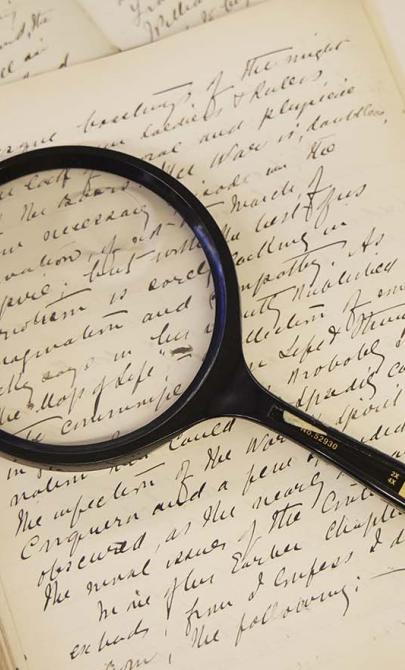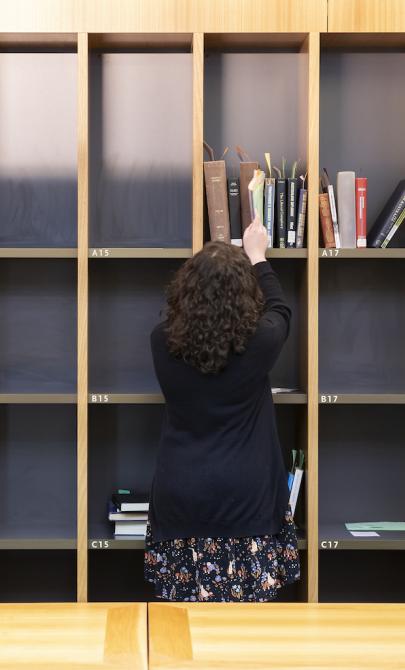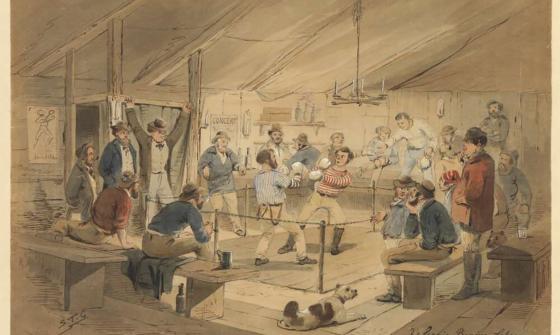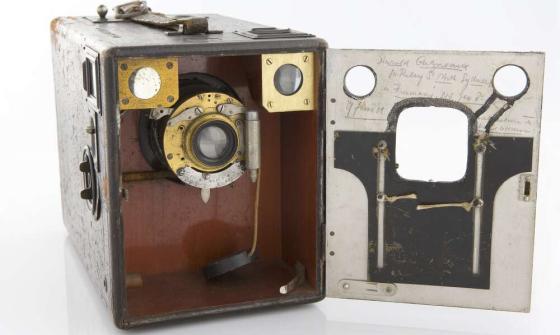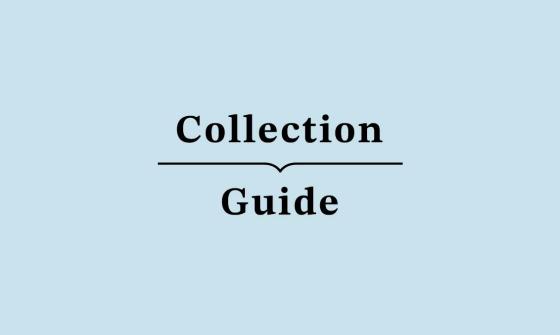Yetts Collection
Key items in the collection
Highlights from this collection demonstrate its historical significance and variety.
The Yetts Collection comprises 715 Chinese and Japanese books, totalling about 4000 volumes. The Chinese books mostly date from the period 1911 to 1938, but they include 5 books of the Ming period (1368–1644) and about 150 works of the Qing period (1644–1911). The Japanese books mostly date from 1920 to 1940.
The largest and most important part of the collection relates to Chinese art, epigraphy and archaeology, including works on early bronze and oracle-bone inscriptions and the early history of the Chinese script.
Other subjects include:
- late epigraphy
- coins
- seals and tallies
- dictionaries and encyclopaedias
- author's collected works
- classical writings and commentaries
- Taoism
- Buddhism
- myths and legends
- painting
- porcelain
- jade
- calligraphy
- archaeology
- geography
- local history.
The collection contains the earliest publication held in the Library: He Xiu, Gongyang zhu shu (5 vols, circa 1400). Generally known as Gongyang zhuan, it is one of the commentaries on the Confucian Spring and Autumn Annals, annotated by He Xiu (129–182). This edition was printed in the early Ming dynasty from the original wood blocks engraved in the Song dynasty (960–1279).
Another very early work is Wang Fu, Xuanhe bog u tu (15 vols, 1528). It is a guide to ancient bronzes, illustrated with woodblocks, and was originally compiled by Wang Fu (1079–1126) during the Xuanhe period.
There are a number of sets of periodicals in the collection, including Yanjing xue bao (Yenching Journal of Chinese Studies, 1927–1951) and Quarterly Bulletin of Chinese Bibliography (1934–1947).
Yetts' special fields of study were the Chinese bronzes and jades of the prehistoric period. He wrote numerous articles, while his books included:
- Chinese Bronzes (1925)
- The Cull Chinese Bronzes (1939)
- Ritual Bronzes of Ancient China (1942).
About Walter Percival Yetts
Walter Percival Yetts (1878–1957) was born at Reading, England, and was educated at Bradfield College, London University and Lausanne University.
Career
Yetts entered the Royal Navy Medical Service in 1903 and retired with the rank of staff surgeon in 1912. He was acting medical officer at the British legation in 1913 and served in the Royal Army Medical Corps during World War I.
From 1920 to 1927 he was a medical officer in the Ministry of Health.
In 1930, Yetts made a major career change when he was appointed the first lecturer in Chinese art and archaeology at the School of Oriental Studies at London University.
In 1932, he became Professor of Chinese Art and Archaeology at London University and held the post until his retirement in 1946. Yetts' special fields of study were the Chinese bronzes and jades.
Author contributions
In 1929, Yetts contributed 3 volumes to the The George Eumorfopoulos collection catalogue of the Chinese, Corean and Siamese paintings.
Background to the collection
The Yetts Collection was purchased by the Library from GM Yetts, the widow of Yetts, in 1957.
The books in the Yetts Collection have not been kept together – they have been integrated in the Chinese Collection within the Asian Collections. A handwritten list of the books is available.
The School of Oriental Studies at Durham University in England acquired most of the books in Western languages in the library of Yetts.
- CA Burmester and S Wang, Materials for Asian Studies in the National Library of Australia', Australian Library Journal, volume 19 (10), November 1970, pp 387–94.
- S Hansford, Howard, Dr WP Yetts, The Times, 16 May 1957, p 16.
- Obituary of WP Yetts, The Times, 15 May 1957, p 13.
